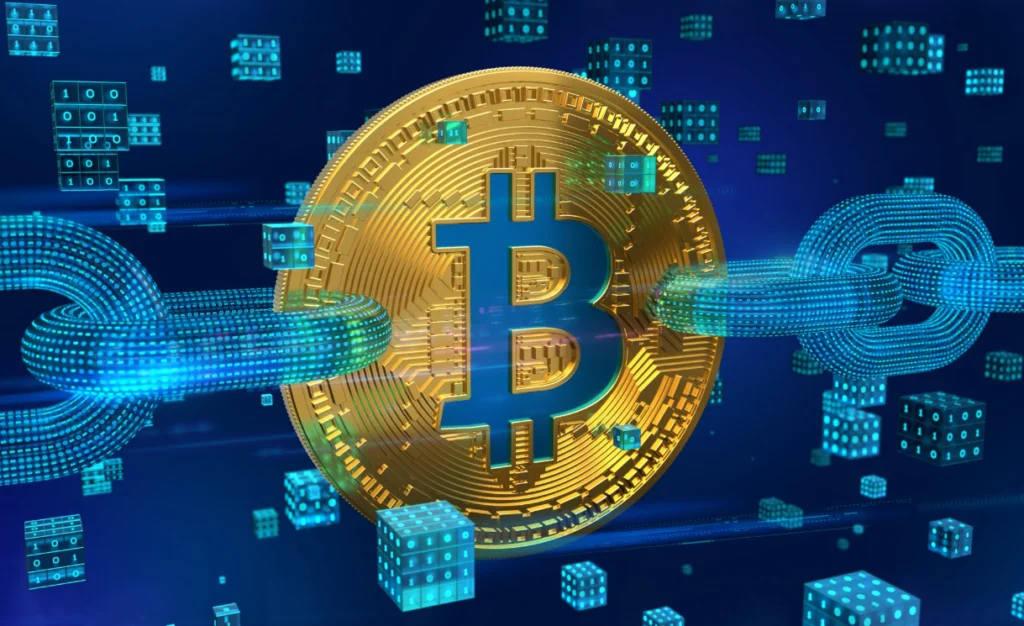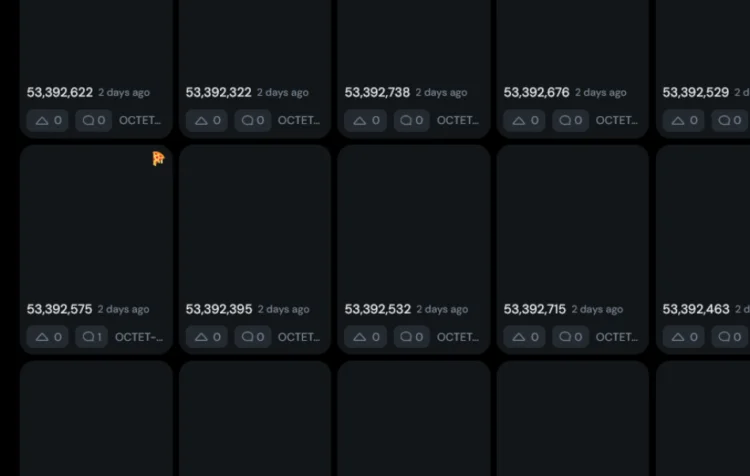A Bitcoin user who remains anonymous has recently deposited around 9 megabytes of unprocessed binary data onto the Bitcoin blockchain for an estimated fee of $64,000.

A post on X (formerly Twitter) on January 7 claimed that at approximately 11:20 am UTC on January 6, the Ordinals explorer Ord.io utilized over 1 Bitcoin to generate 332 inscriptions comprised of “raw binary data.”
Nevertheless, there needs to be more consensus regarding the interpretation of the data; one user even attempted to resolve the issue using OpenAI’s ChatGPT but was unsuccessful.
Regarding the encryption of the information, Leonidas, host of The Ordinal Show, noted in a January 7 post, “For your information, some individuals assert that it may be extremely difficult or impossible to decrypt.”
Concurrently, users are contemplating the identity of the original data inscriber. “Unnamed” is the title of the Bitcoin address associated with the enigmatic inscription spree: “bc1pnp…zwd0th” on Ord.io.
The encrypted data comprises a variety of mathematical, Greek, and English symbols.
It is noteworthy that two of the 332 inscriptions bear a digital pepperoni pizza, which Ord.io defines as sats equivalent to the 10,000 BTC that Early Bitcoin contributor Laszlo Hanyecz spent on May 22, 2010, to acquire two Papa John’s pepperoni pizzas.

The recent inscription enigma arose just one day after the Genesis wallet, the inaugural Bitcoin wallet, received a substantial 26.9 BTC (equivalent to $1.17 million) on January 5. This transaction sparked a variety of speculations among industry experts.
Conor Grogan, a director of Coinbase, reflects on the possibility that Satoshi Nakamoto “awakened” and transmitted the Bitcoin from Binance or that one million dollars “just burned.”
Meanwhile, pro-XRP attorney Jeremy Hogan speculated that it might have been done to expose the anonymous Bitcoin creator since they would have been obligated to report the funds to the Internal Revenue Service of the United States or violate the law otherwise.
Some noted that Nakamoto’s compliance with U.S. tax regulations would be necessary for the theory to be credible.
